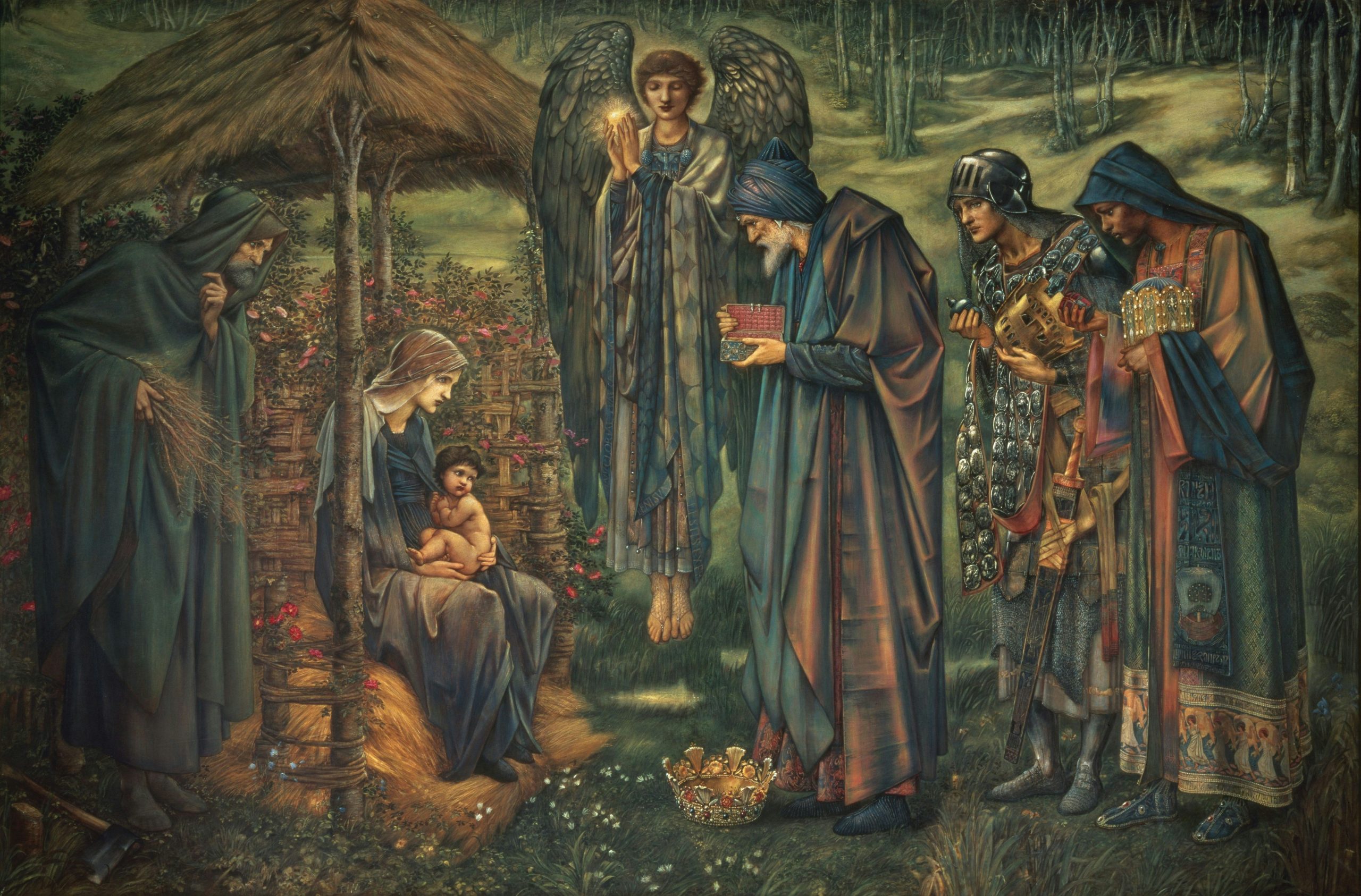
The origins of Christmas and New Year holidays in Christianity are complex and multifaceted, reflecting a blend of ancient traditions, early Christian practices, and cultural adaptations. Both holidays have evolved over centuries, intertwining religious significance with cultural festivities.
Christmas: The Birth of a Celebration
Historical Context
Christmas, celebrated on December 25, commemorates the birth of Jesus Christ. However, the exact date of Jesus’ birth is not mentioned in the Bible, leading to various theories about how December 25 was chosen. Early Christians did not celebrate Jesus’ birth; this practice began around the fourth century. The first recorded mention of December 25 as Jesus’ birth date comes from Sextus Julius Africanus in 221 CE, but it gained widespread acceptance only later.
Pagan Influences
The choice of December 25 is thought to be influenced by existing pagan festivals. The Roman festival of Saturnalia, celebrated from December 17 to December 24, involved feasting, gift-giving, and merriment. Additionally, Emperor Aurelian established a festival for Sol Invictus (the Unconquered Sun) on December 25 in 274 CE, coinciding with the winter solstice. These celebrations were deeply ingrained in Roman culture and provided a backdrop against which early Christians could promote their own beliefs.
Christian Adaptation
As Christianity spread throughout the Roman Empire, church leaders sought to transform pagan customs into Christian practices. By aligning the celebration of Christmas with existing festivals, they made it easier for pagans to accept Christianity. This adaptation included the incorporation of various customs such as feasting and gift-giving into Christmas celebrations. Over time, Christmas evolved into a distinct holiday that retained some elements of its pagan predecessors while emphasizing the significance of Christ’s birth.
Theological Significance
The theological implications of Christmas were also significant. Early church fathers viewed the alignment of Jesus’ birth with the winter solstice as a divine sign. For instance, Ambrose of Milan referred to Christ as the “true sun” who outshone pagan deities. This perspective reinforced the idea that Jesus’ birth was not merely a historical event but a cosmic occurrence with profound spiritual meaning.
New Year: A Time for Reflection
Historical Background
New Year celebrations have roots in various ancient cultures. In Christianity, January 1 was initially recognized as the Feast of the Circumcision of Christ, commemorating Jesus’ circumcision eight days after his birth. This feast emphasized Jesus’ Jewish heritage and adherence to Jewish law. However, January 1 was also associated with pagan traditions celebrating new beginnings.
Pagan Traditions
The Romans honored Janus, the god of beginnings and transitions, during this time. Janus was depicted with two faces—one looking back at the past year and another looking forward to the new one—symbolizing reflection and renewal. As Christianity spread, these pagan customs were gradually incorporated into Christian practices.
Adoption by the Church
With Pope Gregory XIII’s introduction of the Gregorian calendar in 1582, January 1 became widely accepted as New Year’s Day among Christians. This reform aimed to correct inaccuracies in the Julian calendar and solidified January 1 as a day for spiritual reflection and renewal within the Christian context.
Kindly FOLLOW and LIKE our PAGES on your favourite Social Media





